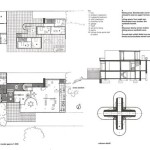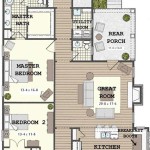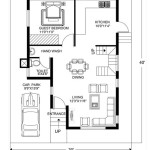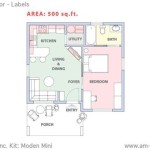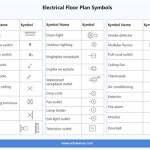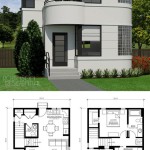Home Plans and Costs to Build: Essential Aspects
Planning to build your dream home is an exciting endeavor, but understanding the essential aspects of home plans and costs is crucial for a successful project. Here's a comprehensive guide to help you navigate this process effectively:
Choosing the Right Home Plan
The first step is selecting a home plan that aligns with your lifestyle, needs, and budget. Consider the following factors:
- Number of bedrooms and bathrooms: Determine the number of occupants and future expansion plans.
- Square footage: Estimate the space you need for living, dining, and storage areas.
- Architectural style: Choose a style that complements your taste and neighborhood aesthetics.
- Customizations: Identify specific features you want, such as open floor plans, porches, or bonus rooms.
Understanding Building Costs
Building a home involves various costs, including materials, labor, permits, and contingencies. Consider these factors:
- Base price: The cost of materials, labor, and standard finishes based on your home plan.
- Upgrades: Additional costs for desired features, such as premium appliances, exotic flooring, or smart home systems.
- Permits and inspections: Fees required by local authorities to ensure compliance with building codes.
- Contingency fund: A reserve for unexpected expenses, typically 10-15% of the total budget.
Estimating Costs
To estimate the building costs for your project, consider these strategies:
- Online calculators: Use industry-standard calculators to get approximate cost estimates based on your home plan.
- Professional estimates: Contact local builders or architects to obtain detailed cost estimates.
- Comparative analysis: Research similar homes built in your area to establish a baseline for costs.
Maximizing Value and Affordability
To optimize the value and affordability of your home project, consider these tips:
- Design efficiently: Choose a home plan that minimizes wasted space and features energy-efficient elements.
- Negotiate with contractors: Compare bids from multiple contractors to secure optimal pricing.
- Explore financing options: Research different loan programs to find the most cost-effective financing solutions.
- Consider prefabricated homes: Pre-built homes can offer significant cost savings compared to traditional construction.
Timeline and Construction Process
Building a home is a multi-phase process with an estimated timeline of 6-12 months, depending on the complexity of the project. The typical construction phases include:
- Planning and permitting: Designing the home plan, securing building permits, and finalizing the budget.
- Foundation and framing: Establishing the foundation and erecting the structural framework of the home.
- Exterior and interior finishes: Installing exterior siding, roofing, windows, and completing interior finishes.
- Mechanical and electrical installations: Implementing plumbing, heating, cooling, and electrical systems.
- Final inspections and occupancy: Conducting final inspections and obtaining a certificate of occupancy to move in.
Conclusion
Building a home is a major investment that requires careful planning and understanding of the essential aspects. By choosing the right home plan, understanding building costs, estimating expenses, and maximizing value, you can navigate this process effectively. Remember to communicate openly with contractors, stay informed about the construction progress, and make informed decisions throughout the journey to ensure a successful and rewarding experience.

Est House Plans To Build Simple With Style Blog Eplans Com

16 Cutest Tiny Home Plans With Cost To Build Craft Mart
What Is The Est Type Of House To Build Blog Floorplans Com

16 Cutest Tiny Home Plans With Cost To Build Craft Mart

Est House Plans To Build Simple With Style Blog Eplans Com

House Plan Central Hpc 2026 16 Is A Great Houseplan Featuring 2 Bedrooms And Bath 0 Half

What Is The Est Type Of House To Build Blog Floorplans Com

13 Best Small Cabin Plans With Cost To Build Craft Mart

Est House Plans To Build Simple With Style Blog Eplans Com

Low Budget Simple House Design Plans For Builders Blog Builderhouseplans Com

